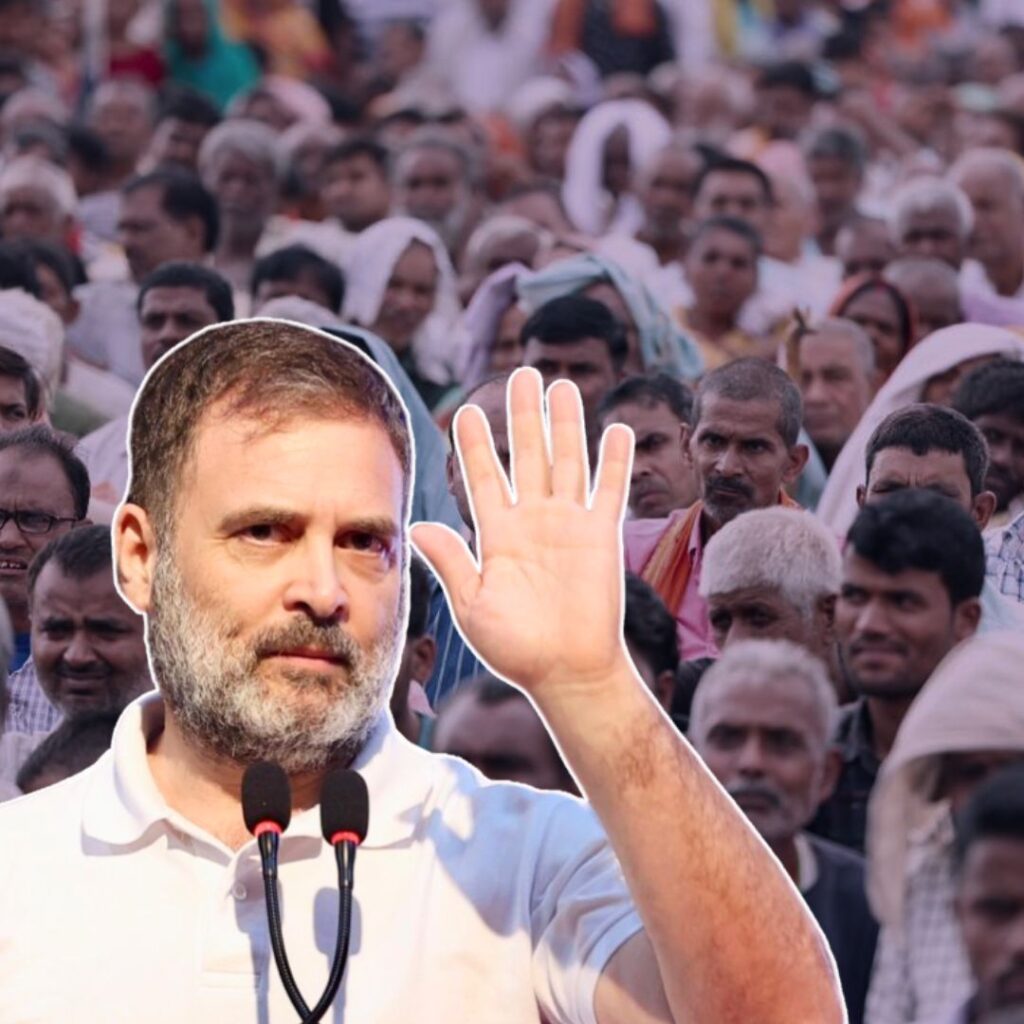A three-storey building collapsed around 3:40 AM on Monday, September 21, in the Patel compound area in Maharashtra’s Thane district. The incident was a tragedy in which at least 41 people lost their lives.
Rescue operations were carried out soon after the incident, by the NDRF, fire brigade, and police teams that reached the spot.
The building in the powerloom town housed 40 flats and 150 residents slept inside.
Highly decomposed, mutilated dead bodies that lay in the debris for over 50 hours were recovered. The victims of the tragedy include 18 children in the age group of two to 15, including three toddlers.
Surprisingly, this building was not in the list of dilapidated structures of the Bhiwandi-Nizampur Municipal Corporation.
The owner of the building Sayyed Ahmed Jilani has been booked for culpable homicide and negligence causing hurt. He is still absconding.
Two civic officials have been suspended in connection with the incident.
Families of the deceased are mourning. They have plunged into gloom.
Among several others. six members of a village in Maharashtra died in the tragedy, leaving its residents in shock. Aarif Yusuf Shaikh (32) and his five family members, who died in the building collapse, originally hailed from Hali village of Latur district in central Maharashtra.
India — A Country Familiar With Building Collapses
The state of Maharashtra is not unfamiliar with deadly building collapses. In 2016, in a span of just two weeks in August, a colonial-era bridge got washed away in floodwaters in the town of Mahad, killing 22 people, and another Mumbai residential complex collapsed, killing eight persons.
On April 4, 2013, a building in Maharashtra’s Thane collapsed, killing as many as 74 people (18 children, 33 men and 23 women). This was called one of the worst building collapses in the area.
In another similar incident in August this year, 13 people lost their lives as a five-storey apartment building in the town of Mahad in Raigad district, 160 kilometers (99 miles) south of Mumbai, collapsed.
Back in 2017, the Mumbai police arrested a man affiliated with a local political party, accusing him of making illegal alterations to the ground floor of a five-story building. The building, which tragically collapsed, killed at least 17 people and injured a dozen others.
Up to 1,366 incidents of building collapses were reported from Mumbai alone between 2010 and 2015.
‘Under un-natural accidents, Mumbai city has (the) highest number of incidents of ‘collapse of structure (building)’ (118 cases), which accounted for 50% and 55.8% injured and deaths respectively among 53 mega cities,’ India’s National Crime Records Bureau (NCRB) data for 2013 show.
In the year 2016, the Mumbai municipal authority sent notices to 737 buildings listed as dangerous and susceptible to collapse.
Blaming Mumbai alone, however, is not fair, because such structures collapsing, often during monsoons, is almost a routine affair in the country. In India, shoddy, illegal construction and poor maintenance of old buildings are rampant.
NCRB data revealed that a total of 13,473 cases of structural collapse were reported across India between 2010 and 2014. Of all these, 1,614 people were crushed under commercial buildings, while 4,914 died when residential buildings collapsed.
Buildings are not the only man-made structures posing a risk to our lives. During the same period, flyovers killed a little over 6,200 people.
In the same year, at least 21 people died in Kolkata after a section of a flyover under construction broke down.
Shocking as it is, these man-made disasters put together have caused more deaths in the country than natural disasters did, which killed nearly 2,500 people between 2010 and 2014.
Why Do Buildings Collapse?
Lack of sound construction practices, or structural defaults often causes such structural collapses.
Buildings often collapse because the foundations are too weak, and adequate foundations could be expensive.
Two things to be considered while building the foundations — the solidity of the soil and the heaviness of the building and its contents. In spite of a solid ground, foundations must be strong enough for the load.
Another reason for building collapses is that materials used to build the structures are often not strong enough to withhold the load. On certain occasions, even counterfeit materials are used — like scrap metal instead of steel.
These tragedies can be avoided if contractors do not deliberately use such materials to cut costs.
To cut costs, developers often employ unskilled workers who are cheaper than trained builders, and are prone to making mistakes when it comes to the mixing ratios of the concrete. Even if given the right materials to make the concrete, they tend to mix them incorrectly.
Buildings often collapse when the load is beyond the building’s strength, which tends to happen when extra storeys are added. Furthermore, the strength of the building should be t…












